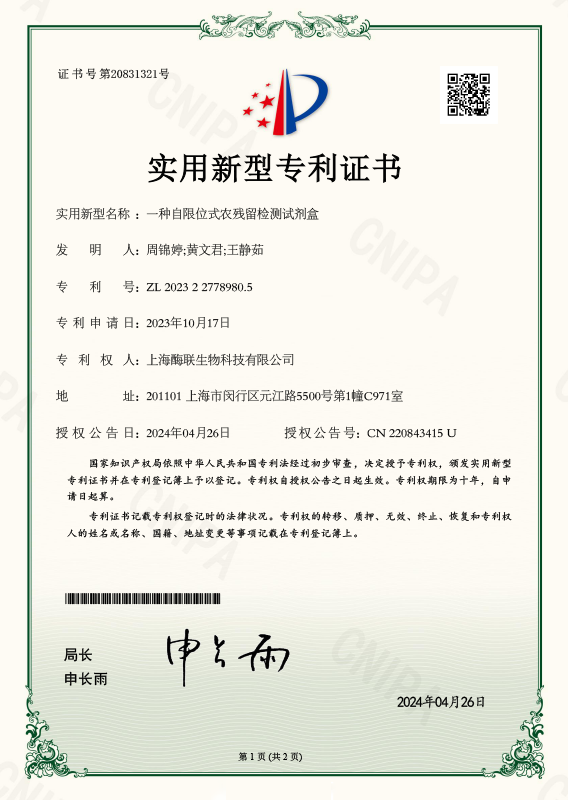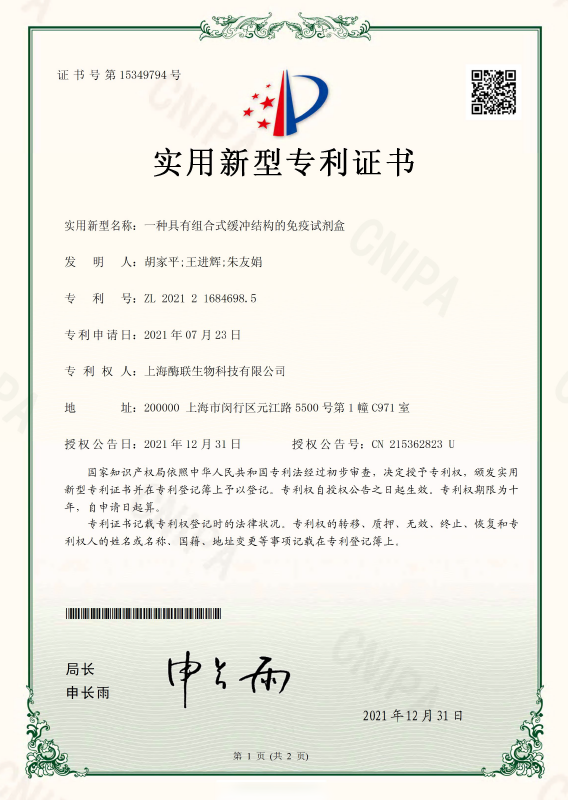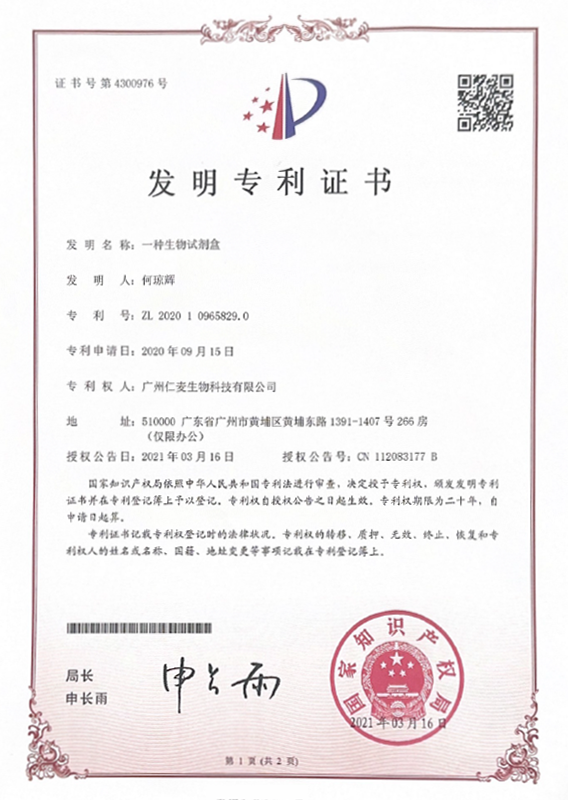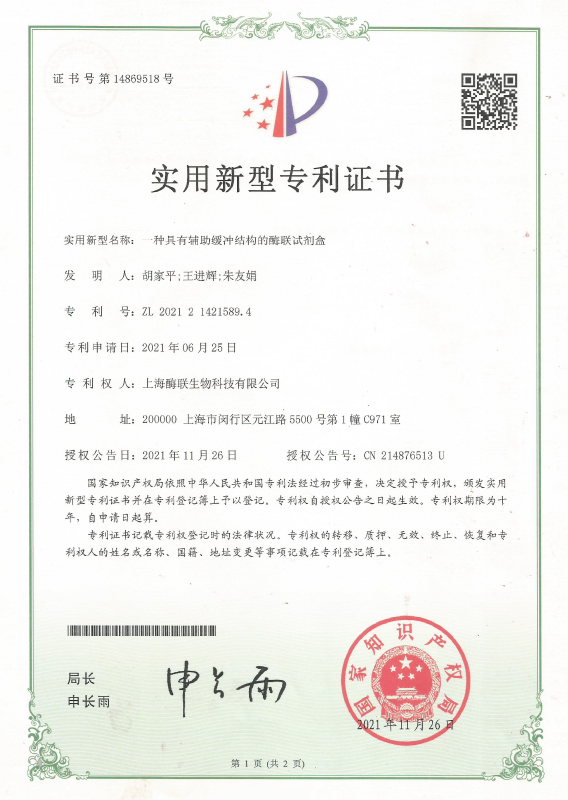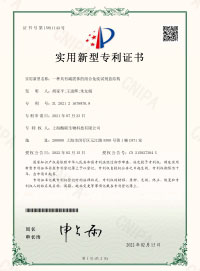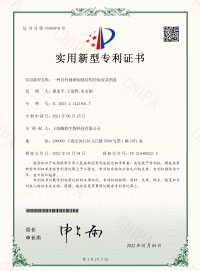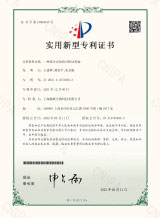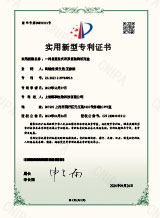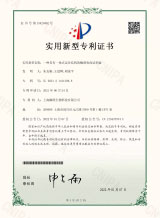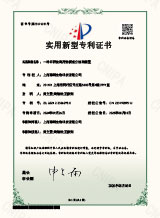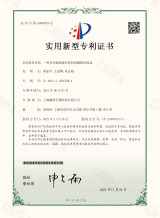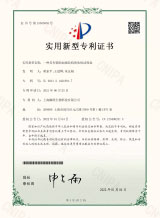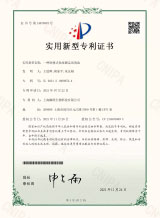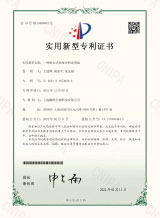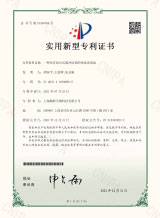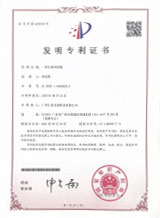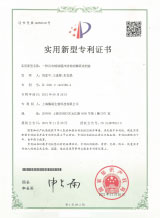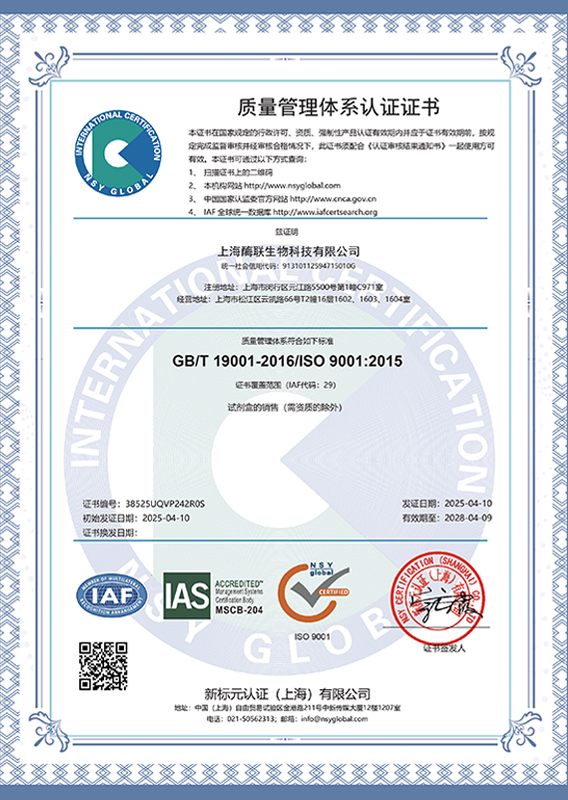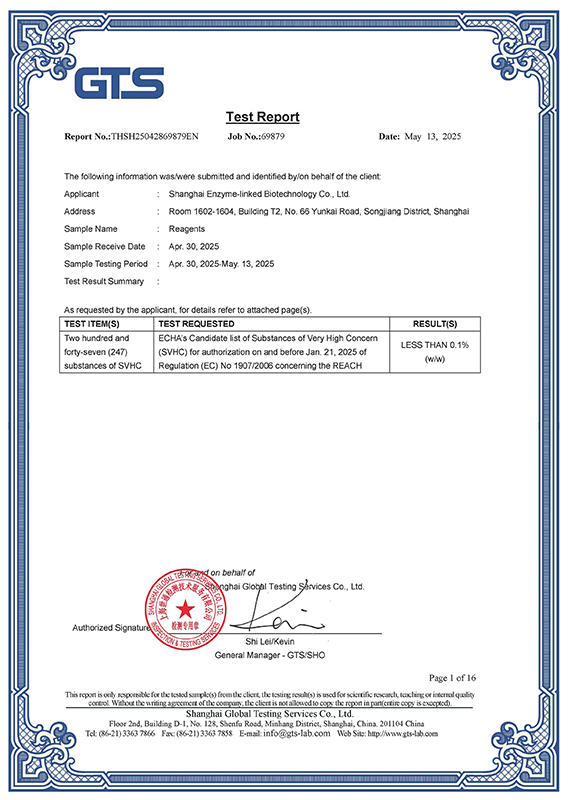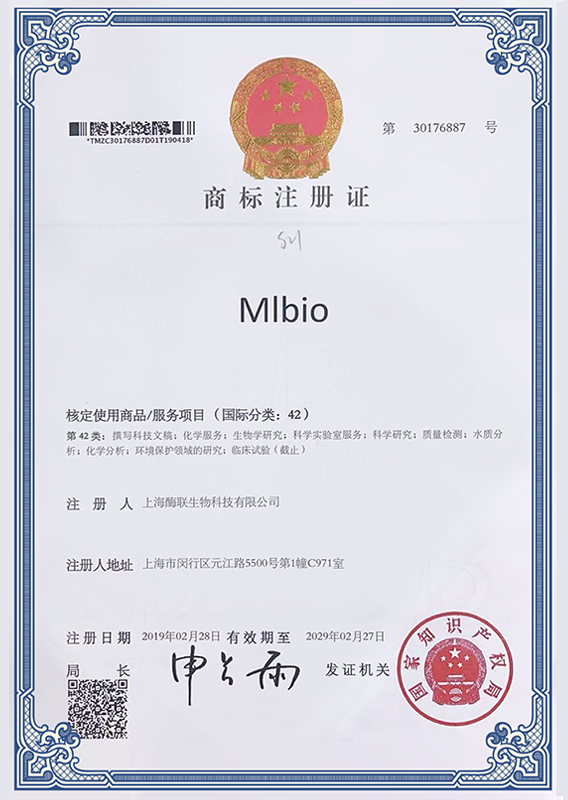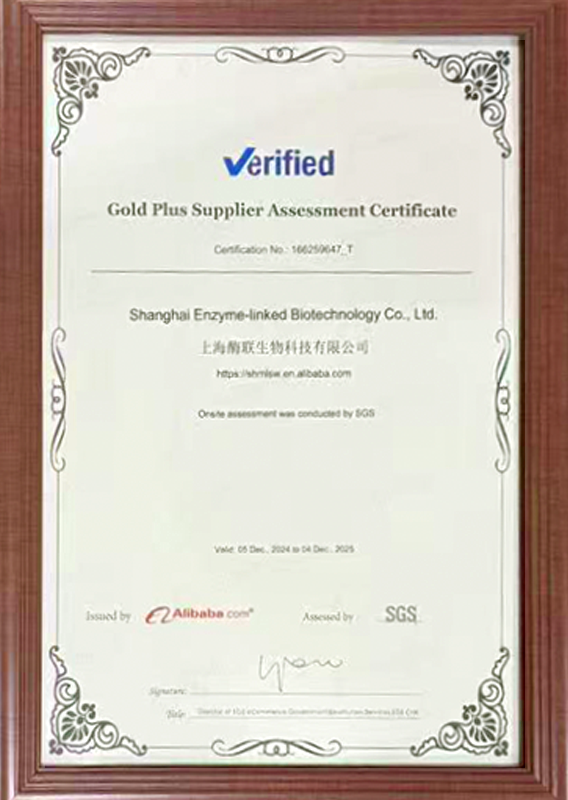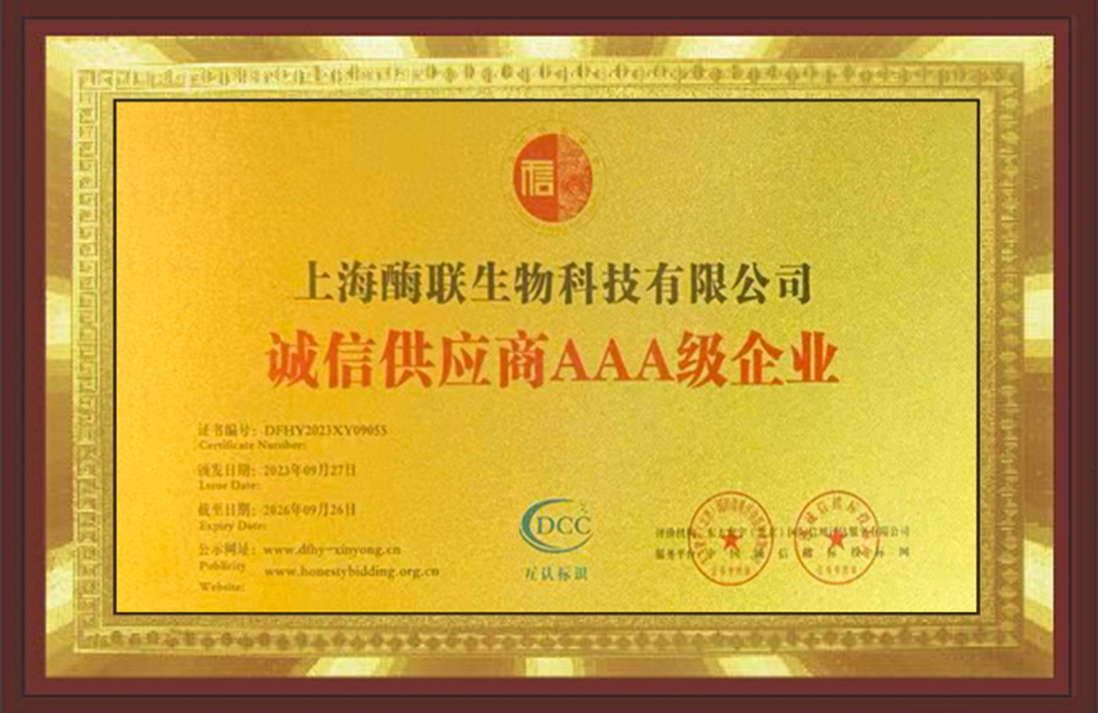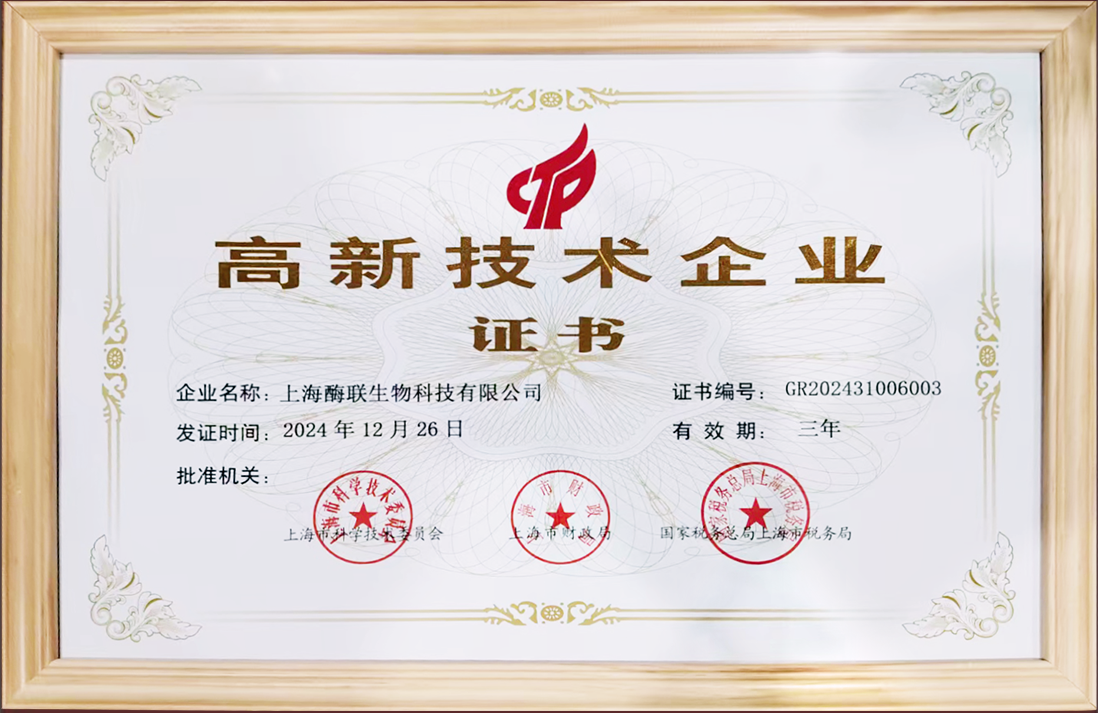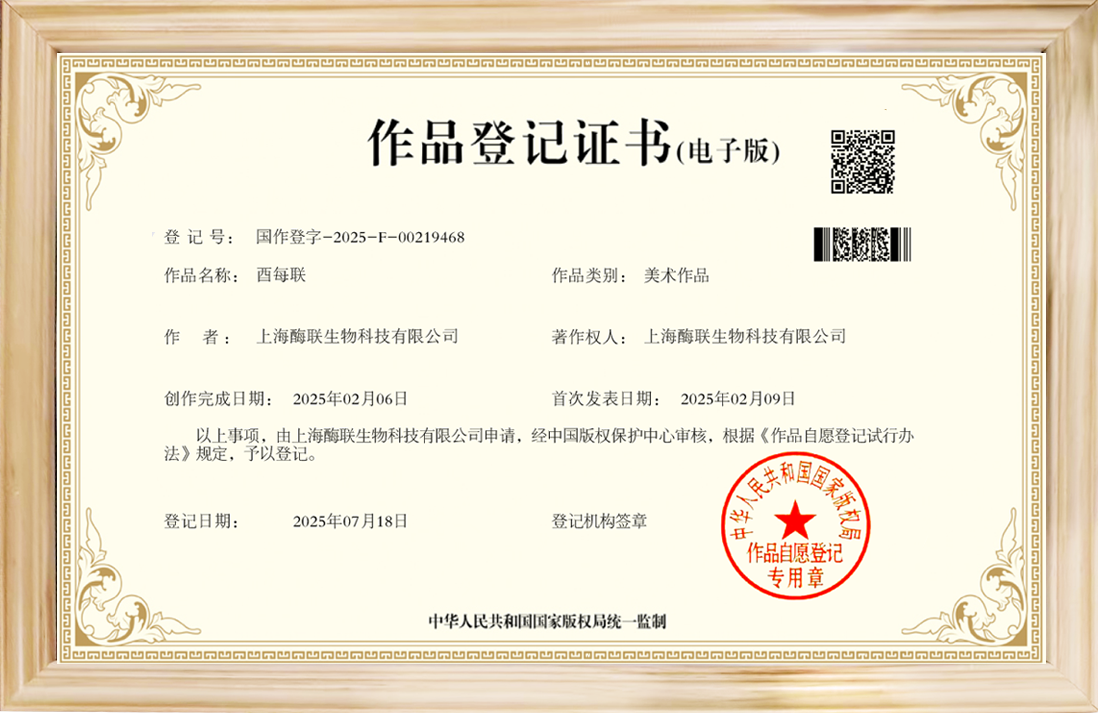Zearalenone (ZEA)-induced intestinal inflammation is mediate
<p> </p>
<p><b>“上海酶联文献” </b>Wentao Fan a, Yanan Lv a, Shuai Ren a, Manyu Shao a, Tongtong Shen a, Kehe Huang a, Jiyong Zhou a, b, Liping Yan a, b, **, Suquan Song a, </p>
<p>aCollege of Veterinary Medicine, Nanjing Agricultural University, Nanjing 210095, Jiangsu Province, China</p>
<p>bJiangsu Engineering Laboratory of Animal Immunology, Institute of Immunology and College of Veterinary Medicine, Nanjing Agricultural University, Nanjing 210095, Jiangsu Province, China</p>
<p><strong>h i g h l i g h t s</strong></p>
<p>ZEA increased NLRP3 inflammasome expression and cytokines release in cells. Elevated cytokines induced severe intestinal inflammation in ZEA-treated mice. ZEA induced colitis by activating ROS mediated NLRP3 inflammasome.</p>
<p><strong>a r t i c l e i n f o</strong></p>
<p>Article history:</p>
<p>Received 4 August 2017</p>
<p>Received in revised form</p>
<p>21 September 2017</p>
<p>Accepted 29 September 2017</p>
<p>Available online 30 September 2017</p>
<p>Handling Editor: A. Gies</p>
<p><strong>Keywords:</strong></p>
<p>Zearalenone</p>
<p>NLRP3 inflammasome Pro-inflammatory cytokines Intestinal inflammation Reactive oxygen species</p>
<p><strong>a b s t r a c t</strong></p>
<p>To ascertain whether zearalenone (ZEA) could induce intestinal inflammation and investigate its possible mechanism, we investigated inflammatory cytokine release and the activation of the NLRP3 inflamma-some after ZEA treatment both in vitro or in vivo. First, intestinal porcine enterocyte cell line (IPEC-J2) cells and mouse peritoneal macrophages were treated with ZEA to detect NLRP3 inflammasome acti-vation, and the role of reactive oxygen species (ROS) in ZEA-induced inflammation was investigated. Then, Balb/c mice were fed a gavage of ZEA, and the disease activity indices (DAIs) and histological analysis were used to assess intestinal inflammation. Our study showed that the mRNA expression of NLRP3 inflammasome, pro-interleukin-1b (pro-IL-1b), and pro-interleukin-18 (pro-IL-18) was up-regulated 0.5- to 1-fold and that the release of IL-1b and IL-18 increased from 48 pg mL 1 to 55 pg mL 1 and 110 pg mL 1 to 145 pg mL 1, respectively. However, ROS inhibitor N-acetyl-L-cysteine (NAC) reduced IL-1b and IL-18 release to 45 pg mL 1 and 108 pg mL 1. Moreover, the same phenomenon was observed in intestinal tissues of ZEA-treated mice. In addition, clinical parameters of treated mice showed stools became loose and contained mucous. In addition, the presence of gross blood stool was found in the last 2 d. Histological analysis showed obvious inflammatory cell infiltration and tissue damage in the colon. These findings uncovered a possible mechanism of intestinal mucosal innate im-munity in response to mycotoxin ZEA that ZEA could activate the ROS-mediated NLRP3 inflammasome and, in turn, contribute to the caspase-1-dependent activation of the inflammatory cytokines IL-1b and IL-18.</p>
<p><img src="/images/upload/Image/图片3(4).png" width="362" height="518" alt="" /></p>
<p><strong>References</strong></p>
<p>Ascenzi, P., Bocedi, A., Marino, M., 2006. Structureefunction relationship of estro-gen receptor a and b: impact on human health. Mol. Aspect. Med. 27, 299e402.</p>
<p>Bauer, C., Duewell, P., Mayer, C., Lehr, H.A., Fitzgerald, K.A., Dauer, M., Tschopp, J., Endres, S., Latz, E., Schnurr, M., 2010. Colitis induced in mice with dextran sulfate sodium (DSS) is mediated by the NLRP3 inflammasome. Gut 59, 1192.</p>
<p>Hankenson, Claire F., Braden-Weiss, Gillian C., Blendy, 2011. Behavioral and activity assessment of laboratory mice (Mus musculus) after tail biopsy under iso-flurane anesthesia. J. Am. Assoc. Lab. Anim. Sci. 50, 686e694 (689).</p>
<p>Camuesco, D., Galvez, J., Nieto, A., Comalada, M., Rodríguezcabezas, M.E., Concha, A., Xaus, J., Zarzuelo, A., 2005. Dietary olive oil supplemented with fish oil, rich in EPA and DHA (n-3) polyunsaturated fatty acids, attenuates colonic inflamma-tion in rats with DSS-induced colitis. J. Nutr. 135, 687.</p>
<p>Dinarello, C.A., 1996. Biologic basis for interleukin-1 in disease. Blood 87, 2095. Duarte, E.R., Oliveira, L.N., Oliveira, N.J.F.D., Abrao,~ F.O., Souza, R.M.D., Melo, M.M.,<br />
2013. Concomitant zearalenone ingestion and porcine Circovirus-2 infection.</p>
<p>Acta Sci. Veterinari 41, 1e6.</p>
<p>Fan, W., Shen, T., Ding, Q., Lv, Y., Li, L., Huang, K., Yan, L., Song, S., 2017. Zearalenone induces ROS-mediated mitochondrial damage in porcine IPEC-J2 cells. J. Biochem. Mol. Toxicol. e21944.</p>
<p>Ferrer, E., Juangarcía, A., Font, G., Ruiz, M.J., 2009. Reactive oxygen species induced by beauvericin, patulin and zearalenone in CHO-K1 cells. Toxicol. Vitro Int. J. Publ. Assoc. Bibra 23, 1504e1509.</p>
<p>Finkgremmels, J., Malekinejad, H., 2007. Clinical effects and biochemical mecha-nisms associated with exposure to the mycoestrogen zearalenone. Anim. Feed Sci. Technol. 137, 326e341.</p>
<p>Harris, H.A., Albert, L.M., Leathurby, Y., Malamas, M.S., Mewshaw, R.E., Miller, C.P., Kharode, Y.P., Marzolf, J., Komm, B.S., Winneker, R.C., 2003. Evaluation of an estrogen receptor-beta agonist in animal models of human disease. Endocri-nology 144, 4241e4249.</p>
<p>Horwood, N.J., Udagawa, N., Elliott, J., Grail, D., Okamura, H., Kurimoto, M., Dunn, A.R., Martin, T., Gillespie, M.T., 1998. Interleukin 18 inhibits osteoclast formation via T cell production of granulocyte macrophage colony-stimulating factor. J. Clin. Invest. 101, 595e603.</p>
<p>Jin, C., Flavell, R.A., 2010. Molecular mechanism of NLRP3 inflammasome activation.</p>
<p>J. Clin. Immunol. 30, 628e631.</p>
<p>Kanneganti, T.D., Lamkanfi, M., 2013. K þ drops tilt the NLRP3 inflammasome.</p>
<p>Immunity 38, 1085e1088.</p>
<p>Ke, W., Xue, Z., Kai, Z., Yong, Y., Miao, Z., Tan, C., Zhou, F., Ling, Z., 2017. Puerarin inhibits amyloid b-induced NLRP3 inflammasome activation in retinal pigment epithelial cells via suppressing ROS-dependent oxidative and endoplasmic re-ticulum stresses. Exp. Cell Res. 357, 335e340.</p>
<p>Kiichi, N., Adam, H.J., Rathinam Vijay, A.K., Seon-Jin, L., Tamas, D., Lam, H.C., Englert, J.A., Marlene, R., Manuela, C., Pyo, K.H., 2011. Autophagy proteins regulate innate immune response by inhibiting NALP3 inflammasome-mediated mitochondrial DNA release. Nat. Immunol. 12, 222.</p>
<p>Kostro, K., Dudek, K., Lisiecka, U., Majerdziedzic, B., Aleksiewicz, R., Lutnicki, K., 2012. Concentrations of proinflammatory mediators of the arachidonic acid cascade in serum of sheep with natural zearalenone intoxication. Bull. Veteri-nary Inst. Pulawy 56, 75e81.</p>
<p>Kruidenier, L., Kuiper, I., Lamers, C.B., Verspaget, H.W., 2003. Intestinal oxidative damage in inflammatory bowel disease: semi-quantification, localization, and association with mucosal antioxidants. J. Pathol. 201, 28e36.</p>
<p>Kwon, K.H., Murakami, A., Ohigashi, H., 2004. Suppressive effects of natural and synthetic agents on dextran sulfate sodium-induced interleukin-1beta release from murine peritoneal macrophages. Biosci. Biotechnol. Biochem. 68, 436.</p>
<p>Kwon, K.H., Murakami, A., Hayashi, R., Ohigashi, H., 2005. Interleukin-1beta targets interleukin-6 in progressing dextran sulfate sodium-induced experimental</p>
<p><br />
colitis. Biochem. Biophys. Res. Commun. 337, 647e654.</p>
<p>Lamkanfi, M., Dixit, V.M., 2012. Inflammasomes and their roles in health and dis-ease. Annu. Rev. Cell & Dev. Biol. 28, 137.</p>
<p>Lu, A., Magupalli, V.G., Ruan, J., Yin, Q., Atianand, M.K., Vos, M.R., Schroder,€ G.F., Fitzgerald, K.A., Wu, H., Egelman, E.H., 2014. Unified polymerization mechanism for the assembly of ASC-dependent inflammasomes. Cell 156, 1193.<br />
Mary, V.S., Theumer, M.G., Arias, S.L., Rubinstein, H.R., 2012. Reactive oxygen species sources and biomolecular oxidative damage induced by aflatoxin B1 and fumonisin B1 in rat spleen mononuclear cells. Toxicology 302, 299.<br />
Masters, S.L., Dunne, A., Subramanian, S.L., Hull, R.L., Tannahill, G.M., Sharp, F.A., Becker, C., Franchi, L., Yoshihara, E., Chen, Z., 2010. Activation of the Nlrp3 inflammasome by islet amyloid polypeptide provides a mechanism for enhanced IL-1b in type 2 diabetes. Nat. Immunol. 11, 897.</p>
<p>Okamoto, M., Liu, W., Luo, Y., Tanaka, A., Cai, X., Norris, D.A., Dinarello, C.A., Fujita, M., 2010. Constitutively active inflammasome in human melanoma cells mediating autoinflammation via caspase-1 processing and secretion of inter-leukin-1beta. J. Biol. Chem. 285, 6477.</p>
<p>Pinton, P., Oswald, I.P., 2014. Effect of deoxynivalenol and other Type B trichothe-cenes on the intestine: a review. Toxins 6, 1615.</p>
<p>Pistol, G.C., Braicu, C., Motiu, M., Gras, M.A., Marin, D.E., Stancu, M., Calin, L., Israelroming, F., Berindanneagoe, I., Taranu, I., 2015. Zearalenone mycotoxin affects immune mediators, MAPK signalling molecules, nuclear receptors and genome-wide gene expression in pig spleen. PLoS One 10, e0127503.</p>
<p>Prosperini, A., Juan-García, A., Font, G., Ruiz, M.J., 2013. Reactive oxygen species involvement in apoptosis and mitochondrial damage in Caco-2 cells induced by enniatins A, A 1, B and B 1. Toxicol. Lett. 222, 36.</p>
<p>Reddy, B.N., Raghavender, C.R., 2007. Outbreaks of aflatoxicoses in India. Afr. J. Food Agric. Nutr. Dev. 7.<br />
Robert, H., Payros, D., Pinton, P., Theodorou, V., Mercierbonin, M., Oswald, I.P., 2017. Impact of mycotoxins on the intestine: are mucus and microbiota new targets? J. Toxicol. Environ. Health Part B Crit. Rev. 1.<br />
Schieber, M., Chandel, N.S., 2014. ROS function in redox signaling and oxidative stress. Curr. Biol. Cb 24, R453.</p>
<p>Siegmund, B., Fantuzzi, G., Rieder, F., Gamboni-Robertson, F., Lehr, H.A., Hartmann, G., Dinarello, C.A., Endres, S., Eigler, A., 2001. Neutralization of interleukin-18 reduces severity in murine colitis and intestinal IFN-gamma and TNF-alpha production. Am. J. Physiol. Regul. Integr. Comp. Physiol. 281, R1264.</p>
<p>Stoev, S.D., 2015. Foodborne mycotoxicoses, risk assessment and underestimated hazard of masked mycotoxins and joint mycotoxin effects or interaction. En-viron. Toxicol. Pharmacol. 39, 794.</p>
<p>Sutterwala, F.S., Ogura, Y., Szczepanik, M., Lara-Tejero, M., Lichtenberger, G.S., Grant, E.P., Bertin, J., Coyle, A.J., Galan, J.E., Askenase, P.W., 2006. Critical role for NALP3/CIAS1/cryopyrin in innate and adaptive immunity through its regulation of Caspase-1. Immunity 24, 317.</p>
<p>Tschopp, J., Schroder, K., 2010. NLRP3 inflammasome activation: the convergence of multiple signalling pathways on ROS production? Nat. Rev. Immunol. 10, 210e215.</p>
<p>Vergauwen, H., 2015. The IPEC-J2 Cell Line. Springer International Publishing. Walsh, A.J., Ghosh, A., Brain, A.O., Buchel, O., Burger, D., Thomas, S., White, L.,</p>
<p>Collins, G.S., Keshav, S., Travis, S.P., 2014. Comparing disease activity indices in ulcerative colitis. J. Crohns Colitis 8, 318.</p>
<p>Wan, L.Y., Woo, C.S., Turner, P.C., Wan, J.M., El-Nezami, H., 2013. Individual and combined effects of Fusarium toxins on the mRNA expression of pro-inflammatory cytokines in swine jejunal epithelial cells. Toxicol. Lett. 220, 238e246.</p>
<p>Wan, L.-Y.M., Allen, K.J., Turner, P.C., El-Nezami, H., 2014. Modulation of mucin mRNA (MUC5AC and MUC5B) expression and protein production and secretion in caco-2/HT29-MTX Co-cultures following exposure to individual and com-bined Fusarium mycotoxins. Toxicol. Sci. 139, 83e98.</p>
<p>Yao, J., Wang, J.Y., Liu, L., Li, Y.X., Xun, A.Y., Zeng, W.S., Jia, C.H., Wei, X.X., Feng, J.L., Zhao, L., 2010. Anti-oxidant effects of resveratrol on mice with DSS-induced ulcerative colitis. Arch. Med. Res. 41, 288e294.<br />
Zaki, M.H., Lamkanfi, M., Kanneganti, T.D., 2011. The Nlrp3 inflammasome: contri-butions to intestinal homeostasis. Trends Immunol. 32, 171e179.</p>
<p>Zhou, R., Tardivel, A., Thorens, B., Choi, I., Tschopp, J., 2010. Thioredoxin-interacting protein links oxidative stress to inflammasome activation. Nat. Immunol. 11, 136.</p>
<p>Zmora, N., Levy, M., Pevsnerfishcer, M., Elinav, E., 2017. Inflammasomes and intes-tinal inflammation. Mucosal Immunol. 10, 865e883.</p>


 酶联官方手机二维码
酶联官方手机二维码